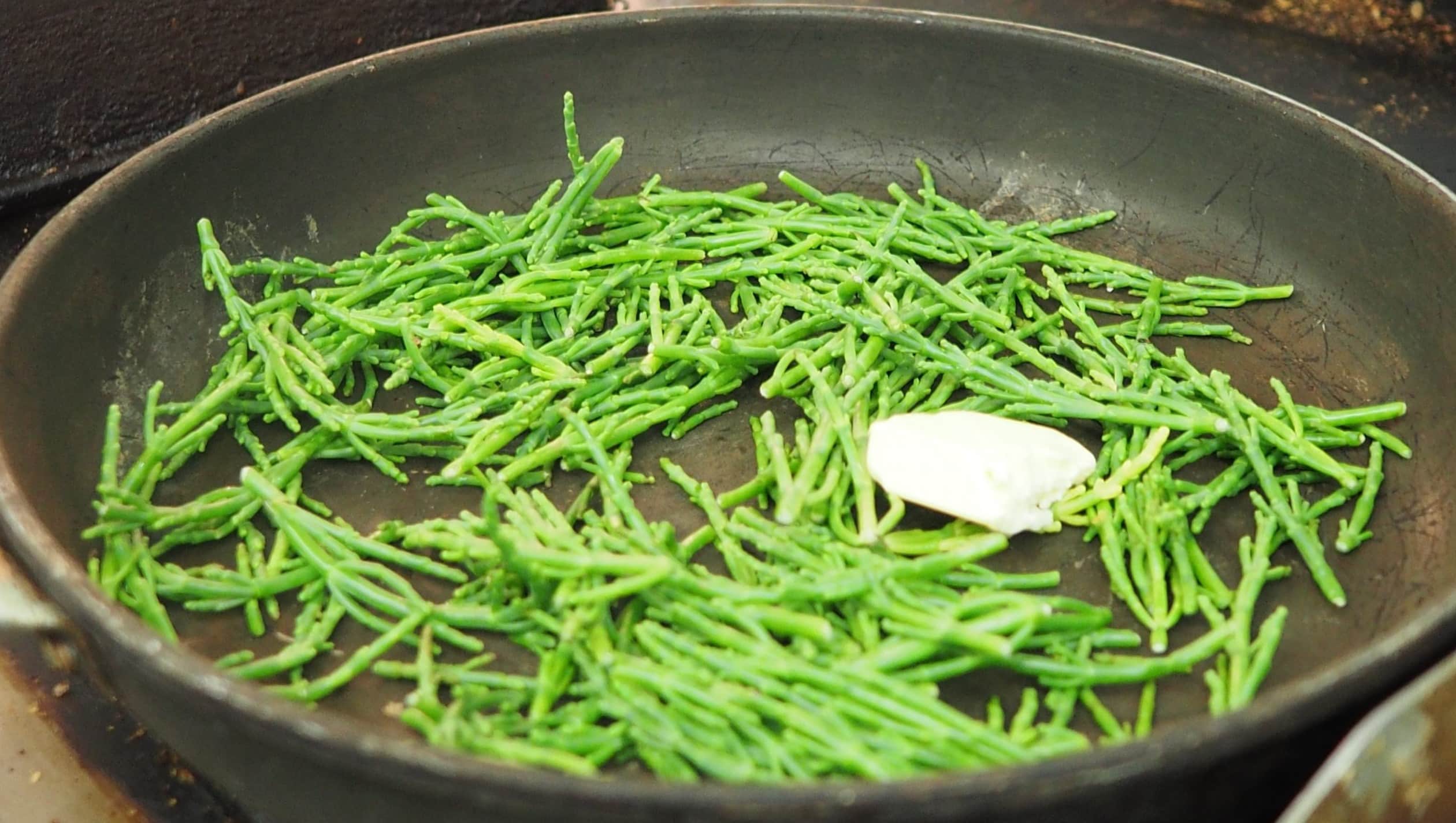
Samphire, often called sea asparagus or sea beans, is a unique coastal plant with a rich history and surprising benefits. Found along shorelines and salt marshes, this succulent green has been a culinary secret for centuries. But what makes samphire so special? Its crisp texture and salty flavor bring a burst of the ocean to your plate, making it a favorite among chefs. Beyond taste, samphire packs a punch with nutrients like vitamins A and C, calcium, and iron. Whether you're a foodie, a health enthusiast, or just curious, these 15 facts about samphire will leave you amazed and eager to try this coastal gem.
Key Takeaways:
- Samphire, also known as sea asparagus, is a salty coastal plant rich in vitamins and minerals. It's a tasty addition to meals and plays a vital role in coastal ecosystems, preventing erosion and providing habitat for wildlife.
- With its salty flavor and nutritional benefits, samphire is a versatile ingredient popular in seafood dishes. It has a rich history, including being used in glassmaking and mentioned in Shakespeare's play "King Lear."
What is Samphire?
Samphire, also known as sea asparagus or sea beans, is a succulent plant found in coastal areas. It has gained popularity for its unique flavor and nutritional benefits. Let's dive into some fascinating facts about this coastal gem.
Samphire's Habitat
Samphire thrives in salty environments, often found along coastlines and salt marshes.
- Halophyte Plant: Samphire is a halophyte, meaning it can grow in high-salinity environments where most plants cannot survive.
- Global Presence: This plant is found in various parts of the world, including Europe, North America, and Australia.
- Tidal Influence: Samphire grows in areas influenced by tides, which helps it absorb nutrients from the sea.
Nutritional Benefits of Samphire
This coastal plant is not just tasty but also packed with nutrients.
- Rich in Vitamins: Samphire is a good source of vitamins A, C, and B-complex, which are essential for overall health.
- Mineral Content: It contains important minerals like iodine, calcium, and magnesium, beneficial for thyroid function and bone health.
- Low in Calories: Samphire is low in calories, making it an excellent addition to a healthy diet.
Culinary Uses of Samphire
Samphire's unique flavor makes it a favorite in various cuisines.
- Salty Flavor: It has a naturally salty taste, often used as a seasoning or garnish in dishes.
- Versatile Ingredient: Samphire can be eaten raw, steamed, sautéed, or pickled, adding a crunchy texture to meals.
- Popular in Seafood Dishes: Its briny flavor pairs well with seafood, enhancing the taste of fish and shellfish.
Historical Significance of Samphire
Samphire has a rich history and has been used for various purposes over the centuries.
- Used in Glassmaking: In the past, samphire was burned to produce soda ash, a key ingredient in glassmaking.
- Medicinal Uses: Historically, it was used for its medicinal properties, believed to aid digestion and treat scurvy.
- Shakespearean Reference: Samphire is mentioned in Shakespeare's play "King Lear," highlighting its historical significance.
Environmental Impact of Samphire
Samphire plays a crucial role in its ecosystem.
- Erosion Control: Its roots help stabilize coastal soil, preventing erosion and protecting shorelines.
- Habitat for Wildlife: Samphire provides habitat and food for various coastal wildlife, including birds and insects.
- Indicator of Healthy Ecosystems: The presence of samphire indicates a healthy, functioning coastal ecosystem.
Samphire is more than just a plant; it's a vital part of coastal ecosystems, a nutritional powerhouse, and a culinary delight.
Samphire: A Coastal Gem
Samphire, often overlooked, packs a punch in both flavor and nutrition. This coastal plant, thriving in salty environments, offers a unique taste that's both salty and crunchy. Rich in vitamins A and C, samphire supports immune health and vision. Its high mineral content, including magnesium and calcium, benefits bone health and muscle function.
Cooking with samphire is a breeze. It can be steamed, sautéed, or even eaten raw in salads. Its versatility makes it a favorite among chefs and home cooks alike. Plus, it's a sustainable choice, growing naturally along coastlines without the need for extensive farming.
Next time you're near the coast or at a specialty market, give samphire a try. Its unique flavor and health benefits might just make it a staple in your kitchen. Embrace this coastal gem and enjoy its many perks.
Frequently Asked Questions
Was this page helpful?
Our commitment to delivering trustworthy and engaging content is at the heart of what we do. Each fact on our site is contributed by real users like you, bringing a wealth of diverse insights and information. To ensure the highest standards of accuracy and reliability, our dedicated editors meticulously review each submission. This process guarantees that the facts we share are not only fascinating but also credible. Trust in our commitment to quality and authenticity as you explore and learn with us.


